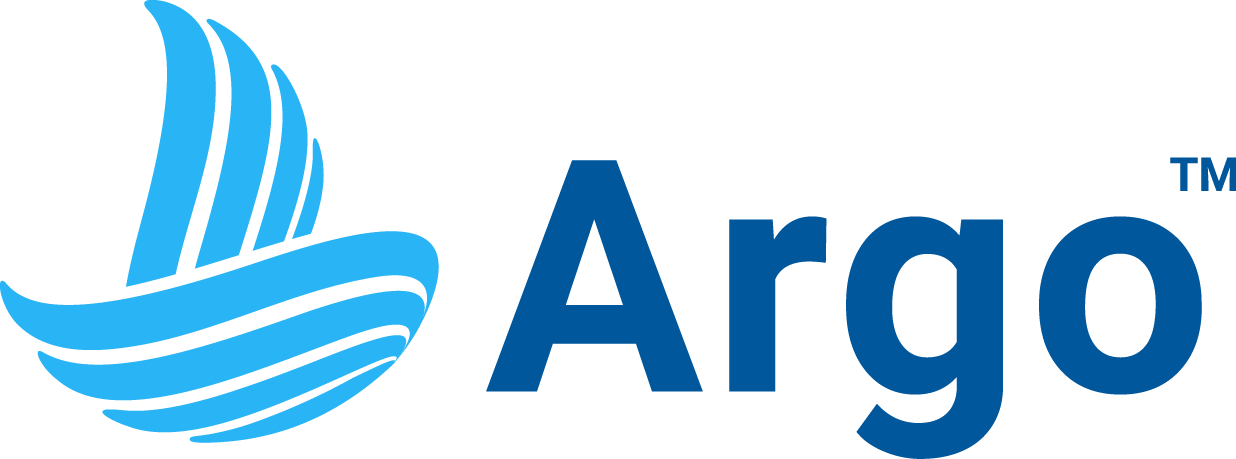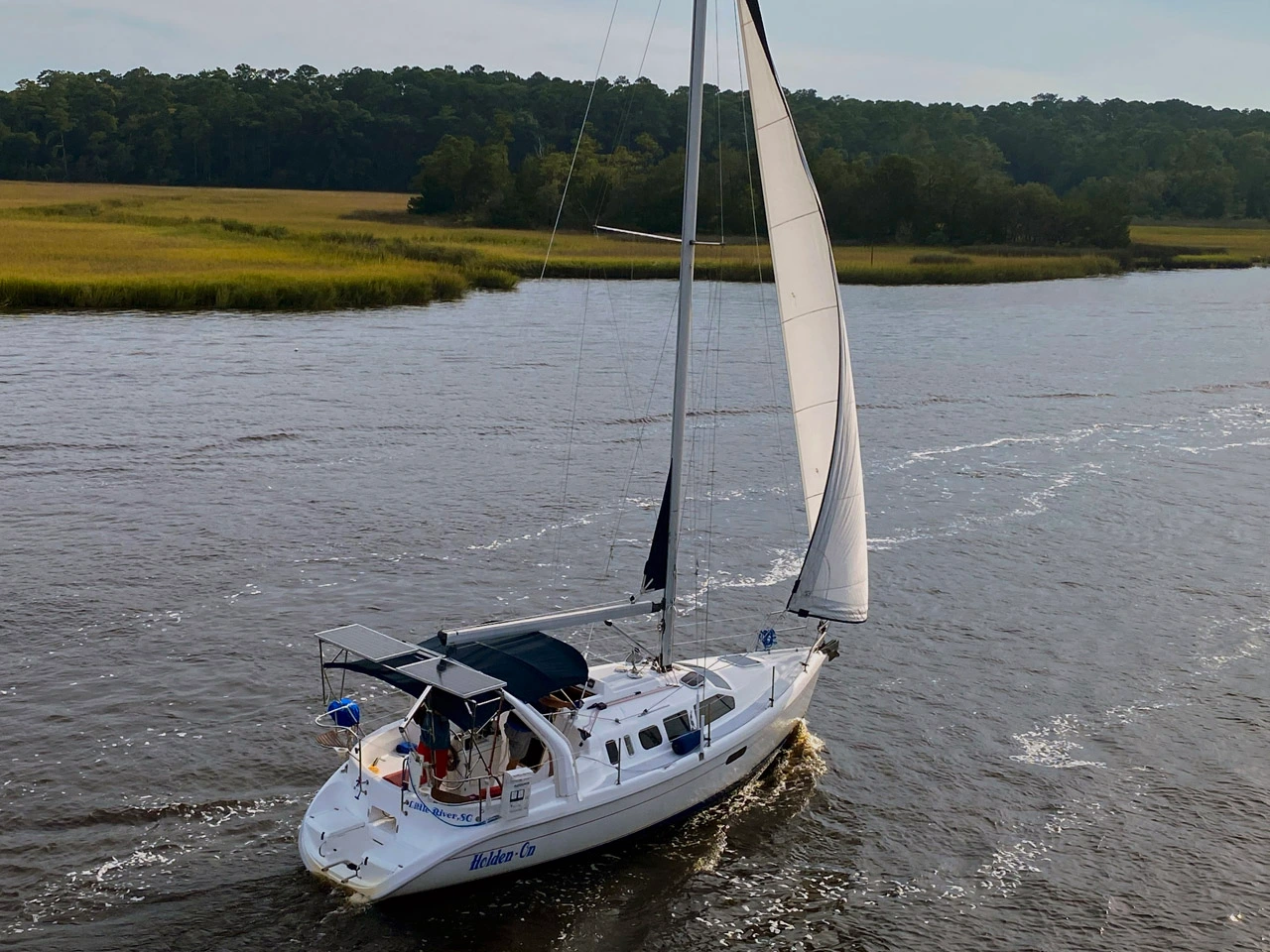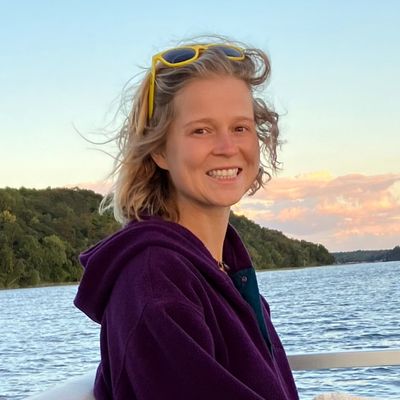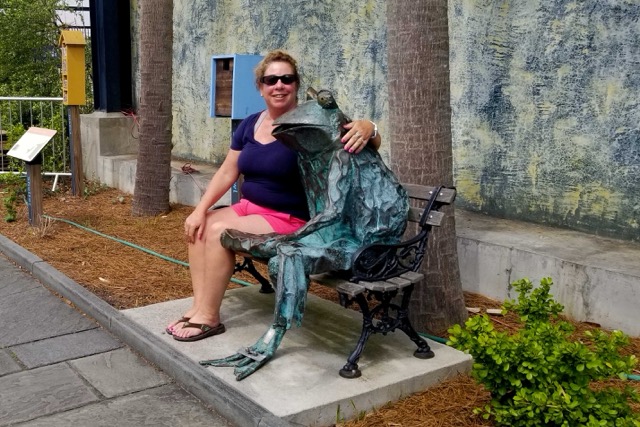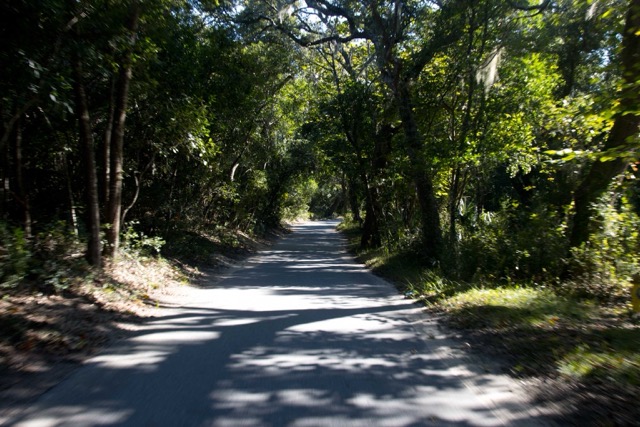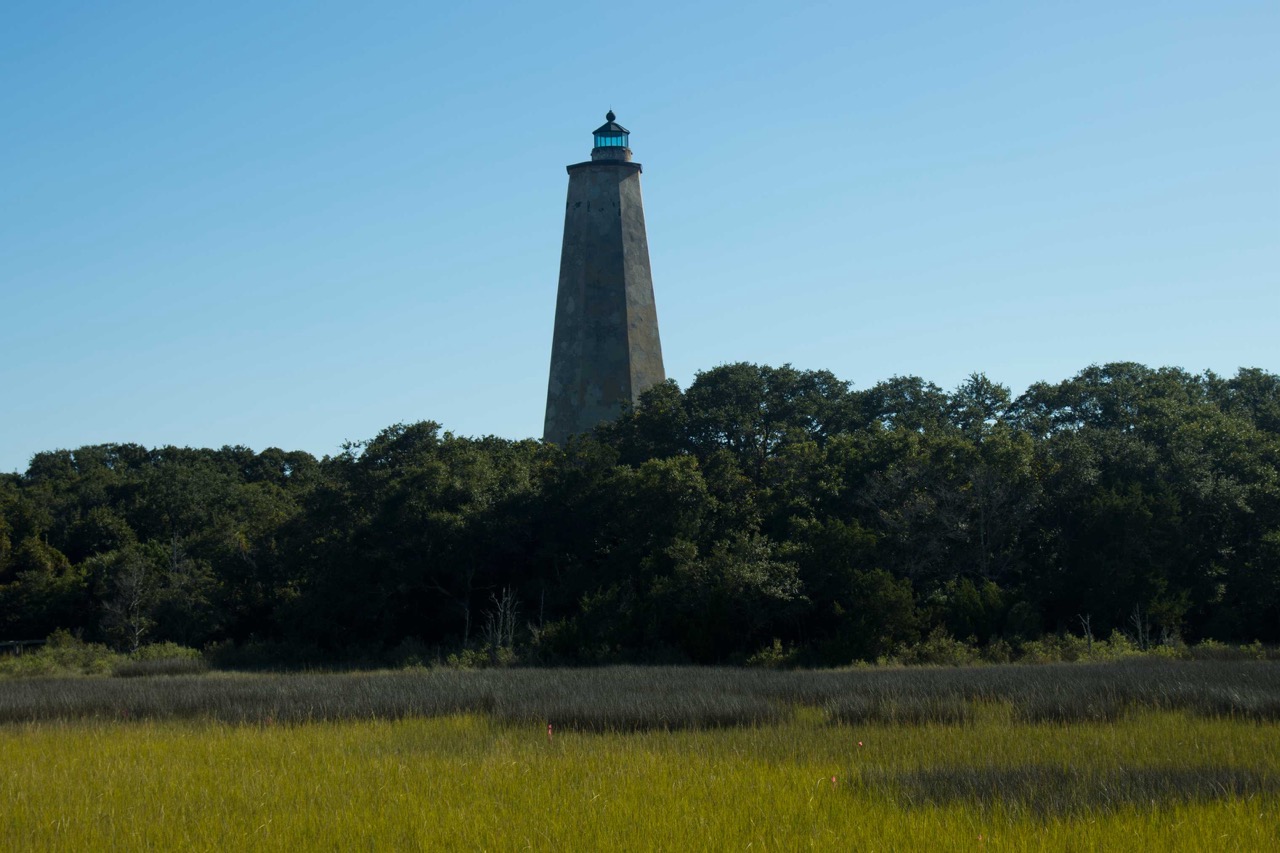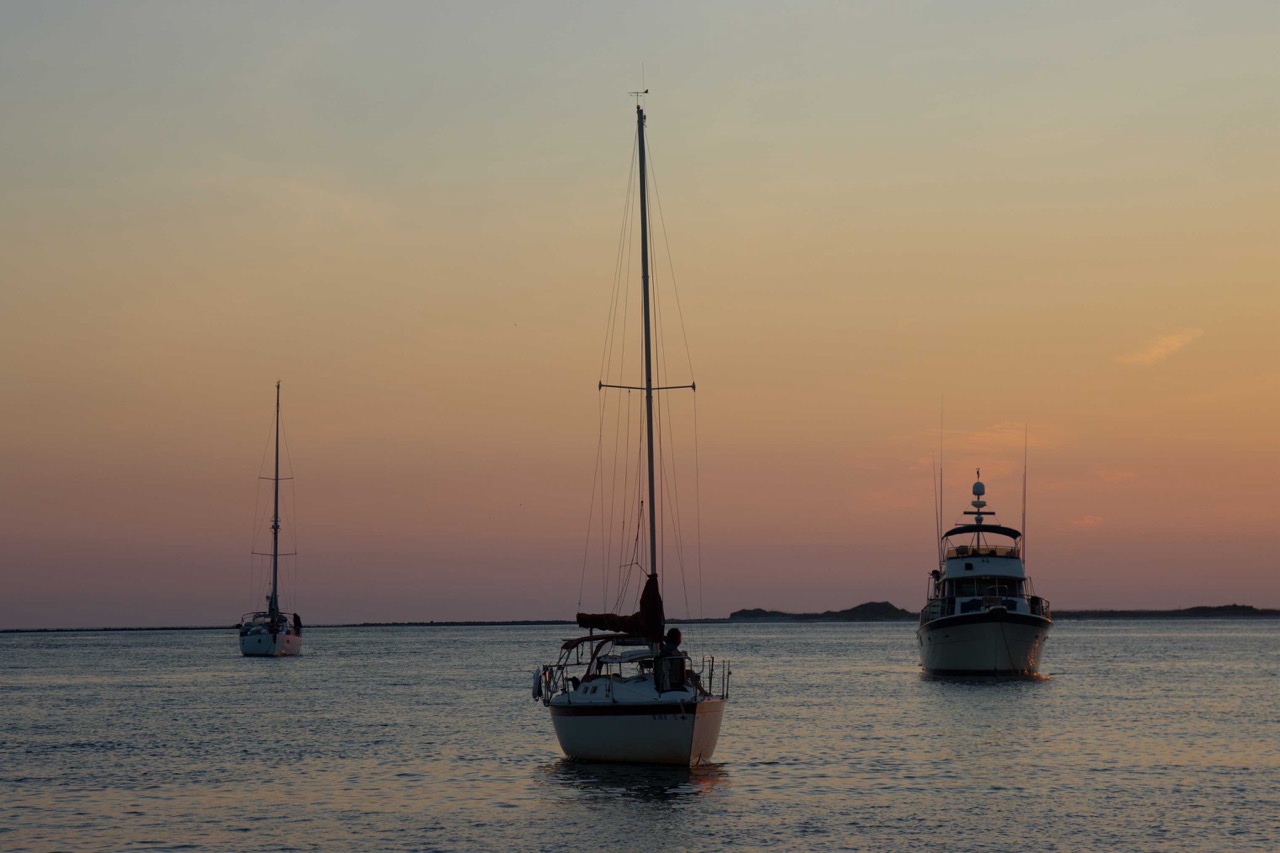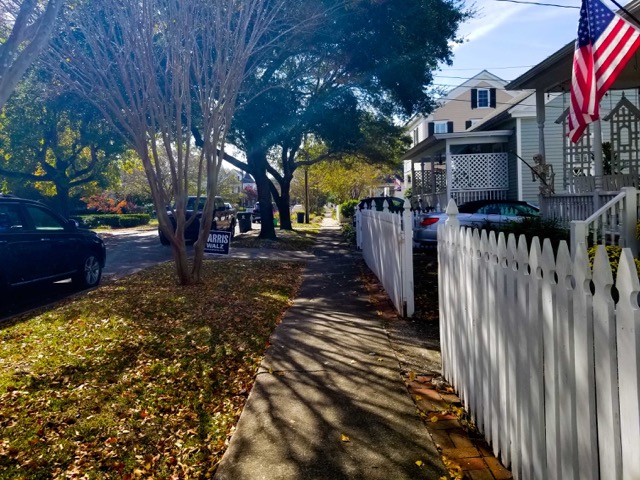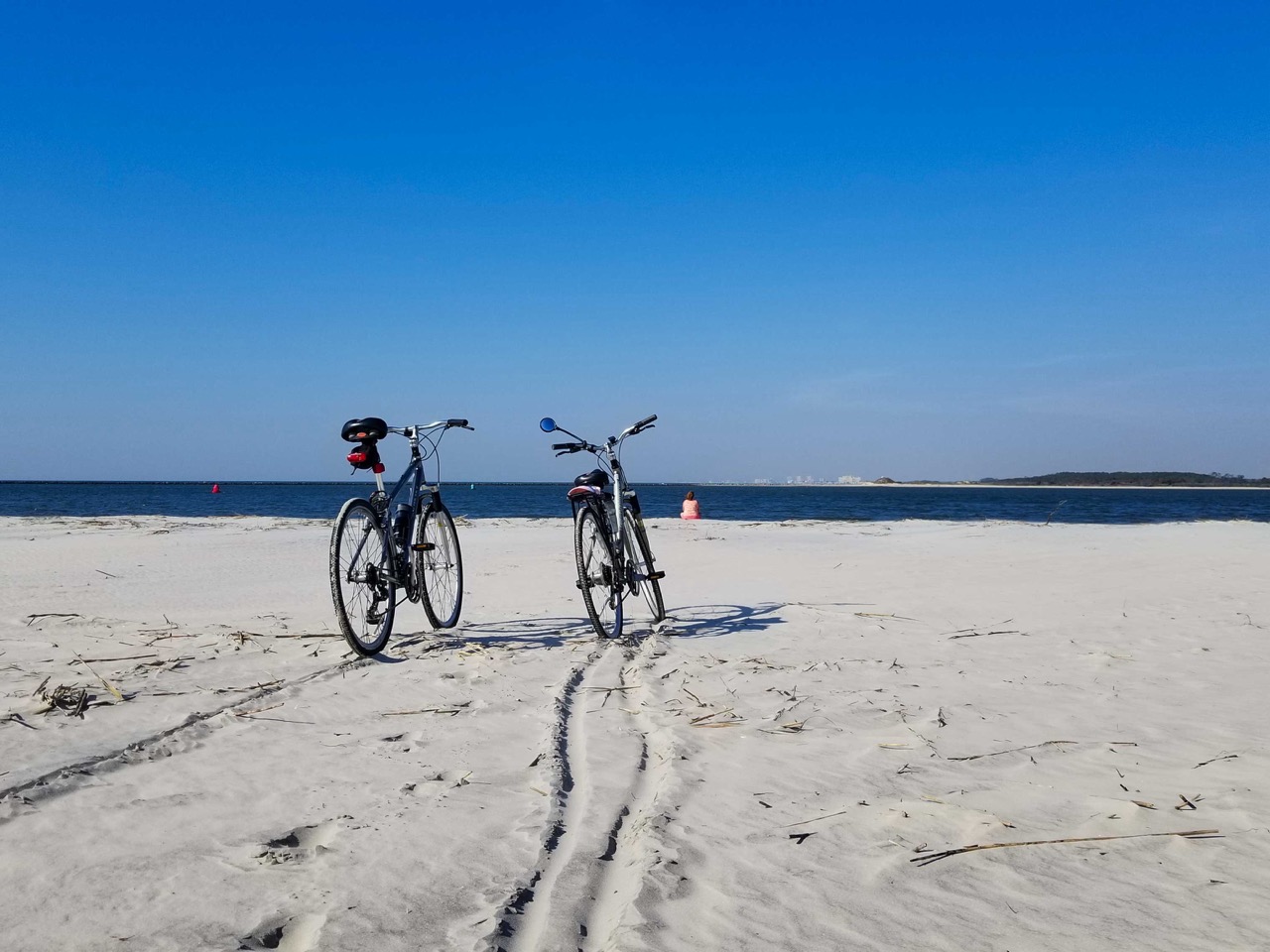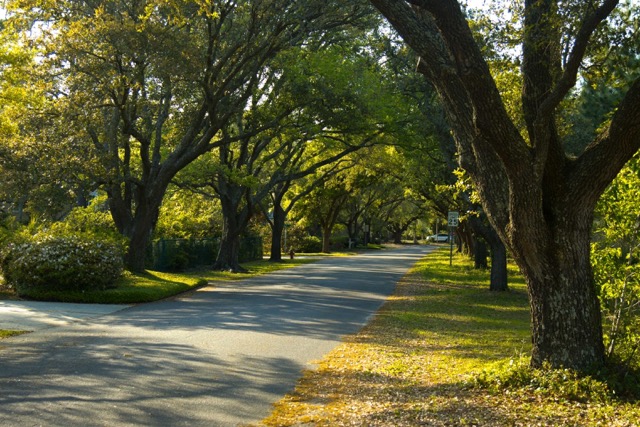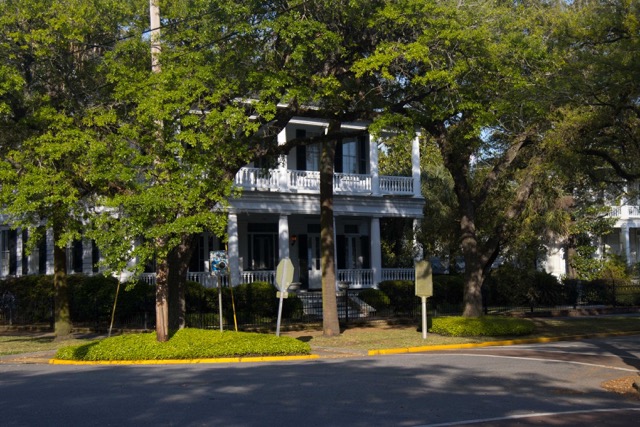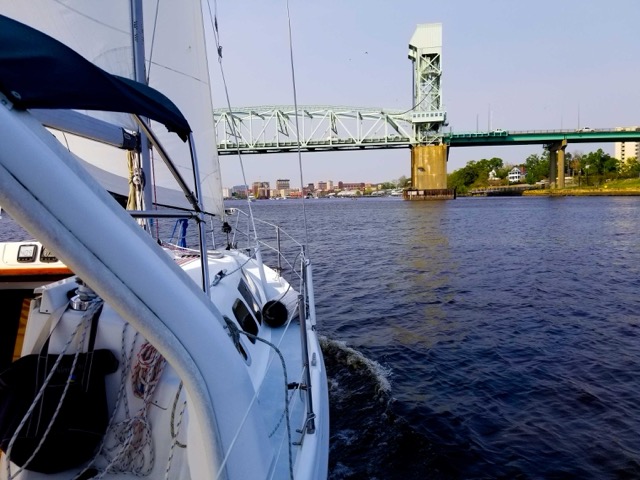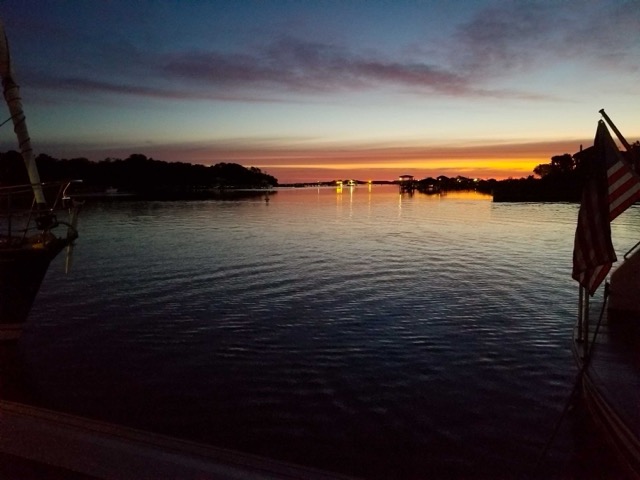From the ICW’s quiet villages to the bright lights of Manhattan, Glenn Holden has seen it all — and often with Argo running right in his pocket.
This year alone, Glenn has logged more than 2,300 miles aboard S/V Holden-On and other vessels, from multi-day offshore passages to leisurely cruises through small coastal towns. Along the way, he’s:
- taught students the art of night sailing (where the horizon disappears into pure black)
- dodged stubborn squalls
- discovered hidden gems
- And even sailed through the heart of New York City on a Friday night!
Kelly from the Argo team caught up with Glenn to talk about his most memorable passages, lessons learned, and why his boat’s name is a nod to life itself.
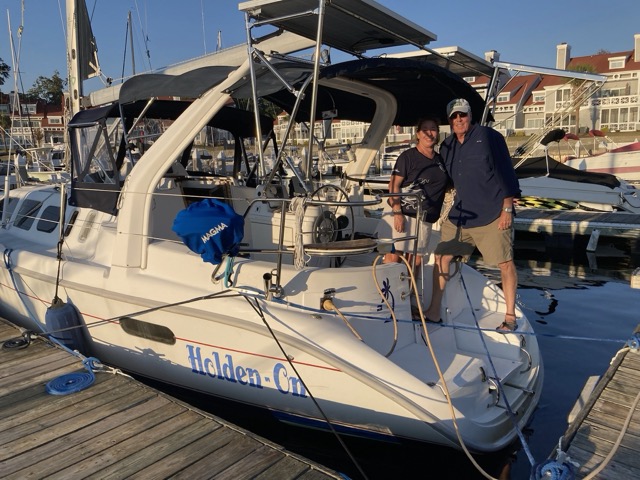
Glenn and Kathy next to S/V Holden On during one of their many adventures.
Epic Passages, Memorable Moments & Hidden Gems
Argo (Kelly): What’s your favorite memory from the 2,300+ miles you’ve done with Argo this year? Was there a moment where everything just clicked — the route, the weather, the crew?
Glenn: Moving a boat (not mine) from Charleston SC to the north side of Long Island, NY due to the owner’s family illness. With a crew of two, myself and one other person on board, and a boat that was too tall to transit via the ICW.
After 6 days sailing non-stop, changing shifts every 4 hours, we spotted the skyline of New York City on the horizon. We then sailed through Manhattan on the East River at 10PM on a Friday before arriving at our dock at 3am. The trip through downtown NY City on a Friday night was an amazing thing. Sights, smells, sounds, parties, Hell Gate, etc. Close to the city, yet just out of reach.
It was unforgettable and the details we got from Argo were incredible.
Argo (Kelly): What’s a hidden gem you’ve discovered thanks to Argo — a small town, a great anchorage, something unexpected?
Glenn: A small community/marina called Saint James near the Cape Fear Inlet in NC. We were headed south from a coastal excursion within a day sail from home. We had departed our slip early (~6am), when my wife noticed an approaching squall. We were in the ICW near Wilmington, NC, but the storm looked small on radar. And it was. But it decided to hover over our humble little sailboat for HOURS!
I began looking for refuge, and found Saint James on the Argo chart which was on our route and about an hour away. It’s private, but they had short term (transient) slips. With the phone number, I called and reserved a slip. We spent one night, and it was delightful!
By the way, the storm abated as we turned into the marina channel! No matter, we were DONE, and did not regret the stop! And we would highly recommend it to others. I don’t recall if I made any comments on the app about this facility…
Discover Argo’s favorite hidden gems near Cape Fear, NC.
Argo (Kelly): You mentioned taking students offshore — what’s it like teaching night sailing? Any stories stand out from those trips?
Glenn: Sailing at night is a unique experience. Everyone always asks what it looks like. Unless you have a bright moon, it’s just black in all directions!
I’ve taken photos with my phone, and it’s just blackness, but the photo makes a point. You are very dependent on your navigation tools.
Having Argo on my phone as a backup is very comforting, and I always have it on. Most students always ask what the app is, as they want to get it after making a night time passage.
Planning, Mindset & Strategy
Argo (Kelly): When you’re planning a passage, what’s your routine like? Has Argo changed how you prep or think through a route?
Glenn: Having Argo allows me to sit in my home and plan a route long before departing. Planning in advance is important, especially when planning around weather conditions. I’ll frequently break up a trip into multiple routes to accommodate weather, and having that in place prior to departure takes away a lot of the workload during a passage.
Argo (Kelly): Have you had a moment where Argo helped you avoid something you might not have caught otherwise? (Whether it was a shallow spot, tricky inlet, or a better route option.)
Glenn: Yes, the most recent trip to Long Island from Charleston, SC. At sea, we were looking at previously downloaded charts on both Argo and the ships chartplotter.
As we came into the channel approaching NYC and regained cell signal, Argo really came into its own! The map details that began appearing had both myself and my crew mate going “Oh wow, look at all of the information that keeps coming up!”
Even compared with a commercial chart plotter on board, the details that kept coming up were very impressive, and made navigating the busy NY harbor and East River to Long Island Sound a breeze.
Argo (Kelly): What’s something other boaters often overlook that you’ve come to really appreciate or prioritize?
Glenn: Have your VHF radio tuned to channel 16 and pay attention to it. If someone calls you, answer them. If you need to alert a fellow boater, call them. And if you need to chat, move off of channel 16. But ALWAYS have the radio ON.
Argo (Kelly): You’ve done both offshore and ICW cruising — what do you love most about each style? And how do you decide which way to go?
Glenn: Each is a unique perspective.
My personal vessel has a mast height of 55 feet, so it easily moves in the ICW. My wife and I love to stop at villages on the waterway and explore the small communities. Also, we’ve also seen some areas that are very remote with little in the way of homes or communities. And yet we always seem to cross paths in these areas with locals or other boaters that are enjoying the same experiences.
When we go “outside”, we are looking to cover miles as quickly as possible with a sailboat (6 knot average typical cruise). We’re always amazed at the sea life that shows up to check us out. Like dolphins and whales. Why do they swim alongside of us for so long? We also will usually trail a lure when we’re outside, hoping to catch a tasty & freshly caught dinner (we have!).
How do we choose between which route? It’s easy: weather. Strong winds or high seas will drive us inland to the ICW (we do sail there btw!). Calmer seas with favorable winds will take us “outside”.
Argo (Kelly): Sailing that far takes a certain mindset — what motivates you to keep going? What does being out there do for you personally?
Glenn: Sailing forces you to forget a schedule. We never tell someone to expect us to be at a location on a certain date or time. It’s always “around this date”. There are just too many variables that one is dependent on, of which you have no control. The journey becomes something to enjoy.
BTW, prior to Starlink, we used to go for days without cell or internet connectivity when offshore. It actually became refreshing to “disconnect”. Naturally, this caused a lot of concern with our family when we were “out of touch”. Eventually, they learned to adjust.
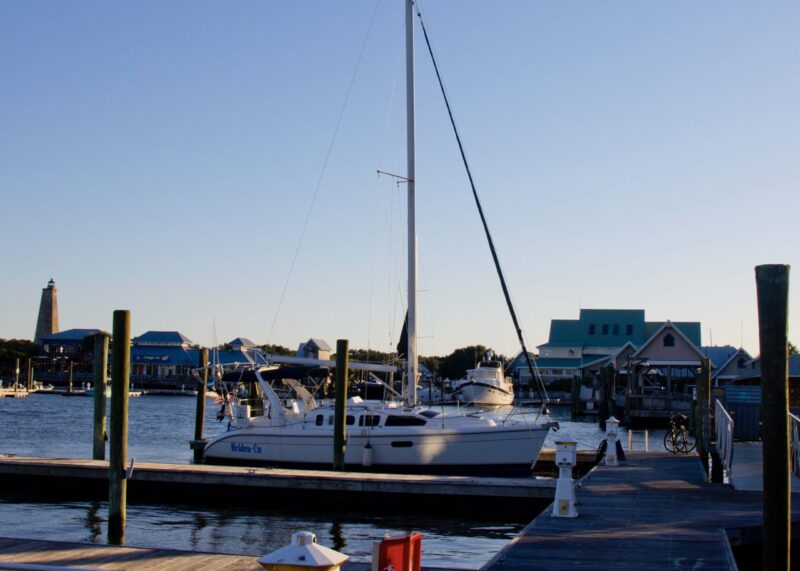
S/V Holden On docked at Bald Head Island.
Little Details about Life Aboard
Argo (Kelly): What kind of vibe do you like onboard? Music? Silence? Certain routines or rituals?
Glenn: Oh my, this is the first mate’s realm (wife). She always has music, pod casts, books on tape, etc., that she plays through the boat’s stereo system. I must confess that it’s great on most any passage and really helps the miles slide by.
Argo (Kelly): Tell us about your boat name — Holden-On is great. What’s the story behind it?
Glenn: Our last name is Holden. My wife and I started 3 businesses during our careers, sometimes operating 2 at one time. We were married to each other as well as the businesses, and sometimes that took its toll. Any business owner will tell you that things sometimes are great, and sometimes don’t always go so well.
During one of our business down turns, we were talking about retirement, getting a boat, and leaving the rat race behind. It was then that we decided that once we were able to get away, we’d call the boat Holden-On, because that was what we had been doing for so many years. We were just “Holden-On” until we could relax.
Argo (Kelly): When you picture your perfect cruising day — what does that look like?
Glenn: Blue skies, mild seas, 15 knot winds, moderate temps (mid 80s). I target these days to take out new boaters, or those that have never experienced any sort of boating.
On occasion, my wife and I have introduced persons that were terrified of going on the water due to a bad past experience. When we’ve returned with them, they’ve thanked us and given us big hugs. That’s a pretty good feeling when you have that happen.
Argo (Kelly): If you could suggest one new feature for Argo, what would it be?
Glenn: NMEA integration! But I know you’re already working on that… I want it so that I can see AIS targets, and thank you for working on it!
Argo (Kelly): Anything else you want to say to the Argo team or to other boaters thinking of making the leap?
Glenn: I have been very impressed with the responsiveness and the quick improvements the development team have made with Argo. It has progressed at an incredibly fast pace since I first downloaded it.
In addition, the response from support, as well as the user community has been amazing. Having owned a software company, my hat is off to all of you. Thank you for the hard work and diligence to make a great product.Keep up the good work.
Summary
Glenn has seen it all this year — from teaching students how to sail at night to sailing a friend’s boat through Manhattan on a Friday night. He plans carefully, adapts to the weather, and still finds time to enjoy the little moments along the way. We’re lucky to have him in the Argo community, and we can’t wait to see where he and Holden-On go next
Glenn’s Year in Review:
- 2,300+ miles sailed aboard S/V Holden-On and other vessels
- Offshore passages and ICW cruising
- Night sailing with students
- Hidden gems discovered using Argo
- Manhattan passage highlights Argo’s detail and reliability
Have a story like Glenn’s? We’d love to hear from you.
